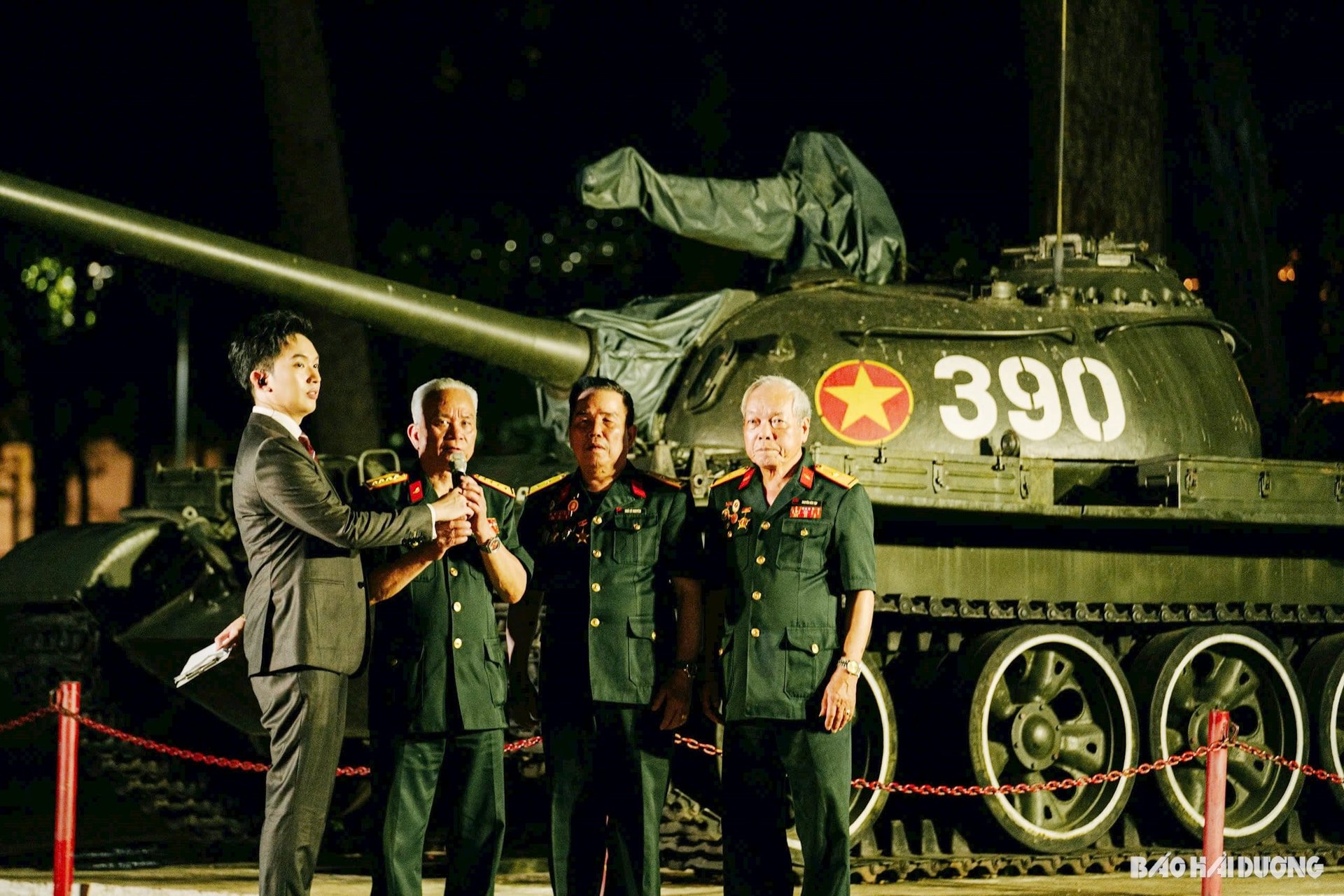
Historic "acceleration"
During the historic April days, Ho Chi Minh City was dressed in a colorful coat of flags, banners, slogans and many cultural and artistic activities to celebrate the 50th anniversary of the Liberation of the South and National Reunification (April 30, 1975 - April 30, 2025).
Joining the atmosphere in the city named after Uncle Ho these days, veterans from Hai Duong have the opportunity to meet each other to recall the heroic years. Among them are Mr. Nguyen Van Tap, born in 1951 in Hoang Dieu commune, Gia Loc district (Hai Duong) and Mr. Vu Dang Toan (born in 1947 in Yet Kieu commune, same district), political commissar of Tank Company 4. Both of them were on tank 390 that crashed through the gate of Independence Palace on the afternoon of April 30, 1975.
Recalling an unforgettable moment in his life, Mr. Tap said, on the morning of April 30, 1975, our 1st Tank Battalion (203rd Tank Brigade, 2nd Corps) commanded by Battalion Commander Ngo Van Nho was assigned the main task of opening the way to Saigon.
"The 4th Tank Company (1st Tank Battalion) has 7 vehicles. There are 4 people on vehicle 390. I drive the tank. Mr. Vu Dang Toan, the vehicle commander. Mr. Ngo Sy Nguyen, gunner number 1. Mr. Le Van Phuong, gunner number 2. The command of the 4th Tank Company has 3 people, including Captain Bui Quang Than, commander of vehicle 843; Deputy Captain Le Van Phuong, gunner number 2 of tank 390; Political Commissar, vehicle commander Vu Dang Toan" - Mr. Tap said.
According to Mr. Tap, on the way to advance, our army encountered fierce resistance from the enemy, especially at Saigon Bridge before we won the battle and advanced. "In this battle, many comrades passed away forever, but the greatest loss was the sacrifice of Battalion Commander Ngo Van Nho, which greatly affected the morale of the brothers," Mr. Tap said sadly.
When the tank convoy reached Thi Nghe bridge, the leading vehicle of platoon leader Le Tien Hung was hit by enemy fire, and tank 390 overtook. Approaching the Independence Palace, tank 390 slowed down, allowing tank 843 of company leader Bui Quang Than to overtake. When reaching the left gate of the palace, tank 843 got stuck. "I asked Toan what happened? Without hesitation, Toan ordered us to keep going straight. I stepped on the gas, and tank 390 shot up, smashing through the main gate of the Independence Palace and rushing into the yard," Mr. Tap recalled.
"There were 4 people on tank 390, now there are 3 people left. Mr. Phuong got sick and passed away nearly ten years ago," Mr. Tap choked up.
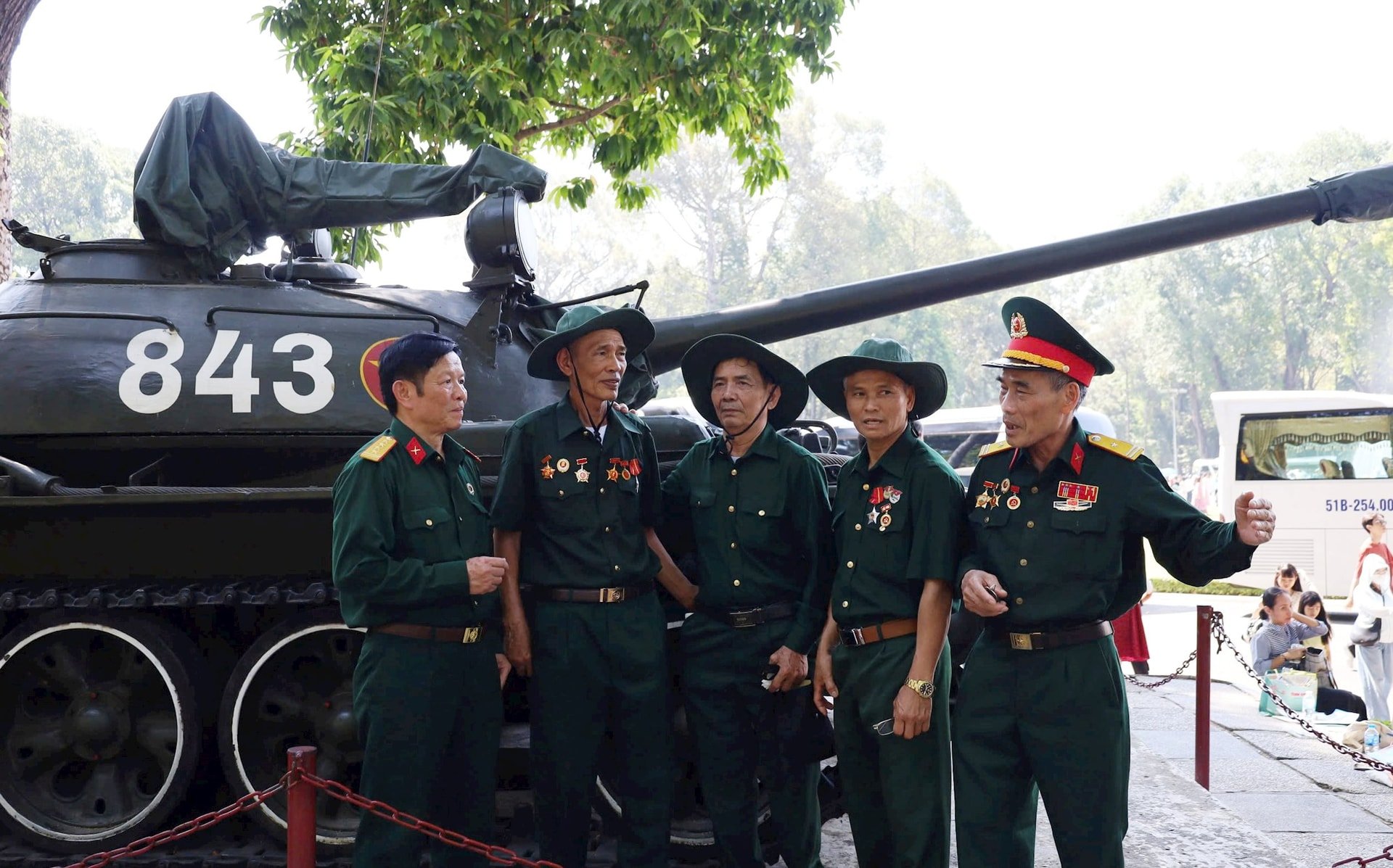
Although he did not directly participate in the attack on the Independence Palace, Mr. Vu Chi Hoan, 72 years old in Sao Do ward (Chi Linh city) still remembers the moment he received the news that the liberation army had entered the palace and Duong Van Minh had surrendered. "During the Ho Chi Minh Campaign, we were in Da Nang, on the way to Saigon, when we received the news that Saigon was liberated. We hugged each other and shouted that we were liberated, we were alive," Mr. Hoan recalled.
Mr. Hoan enlisted in 1971, assigned to Regiment 1, Division 324, Corps 2, and fought on the southern battlefield. Mr. Hoan remembers most the moment when his unit was ordered to fight the opening battle to liberate Thua Thien - Hue. "On the morning of March 21, 1975, Divisions 324 and 325, Corps 2 simultaneously opened fire to attack the enemy's defense system in the south of Thua Thien - Hue, cutting off traffic on Highway 1 from Hue to Da Nang. Regiment 2, Division 324 took over heights 224 and 303. On the morning of March 21, Regiment 1, Division 324 took over Bong Mountain, the enemy panicked and fled. By March 25, 1975, our army completely liberated Thua Thien - Hue province...", Mr. Hoan recalled.
People want peace
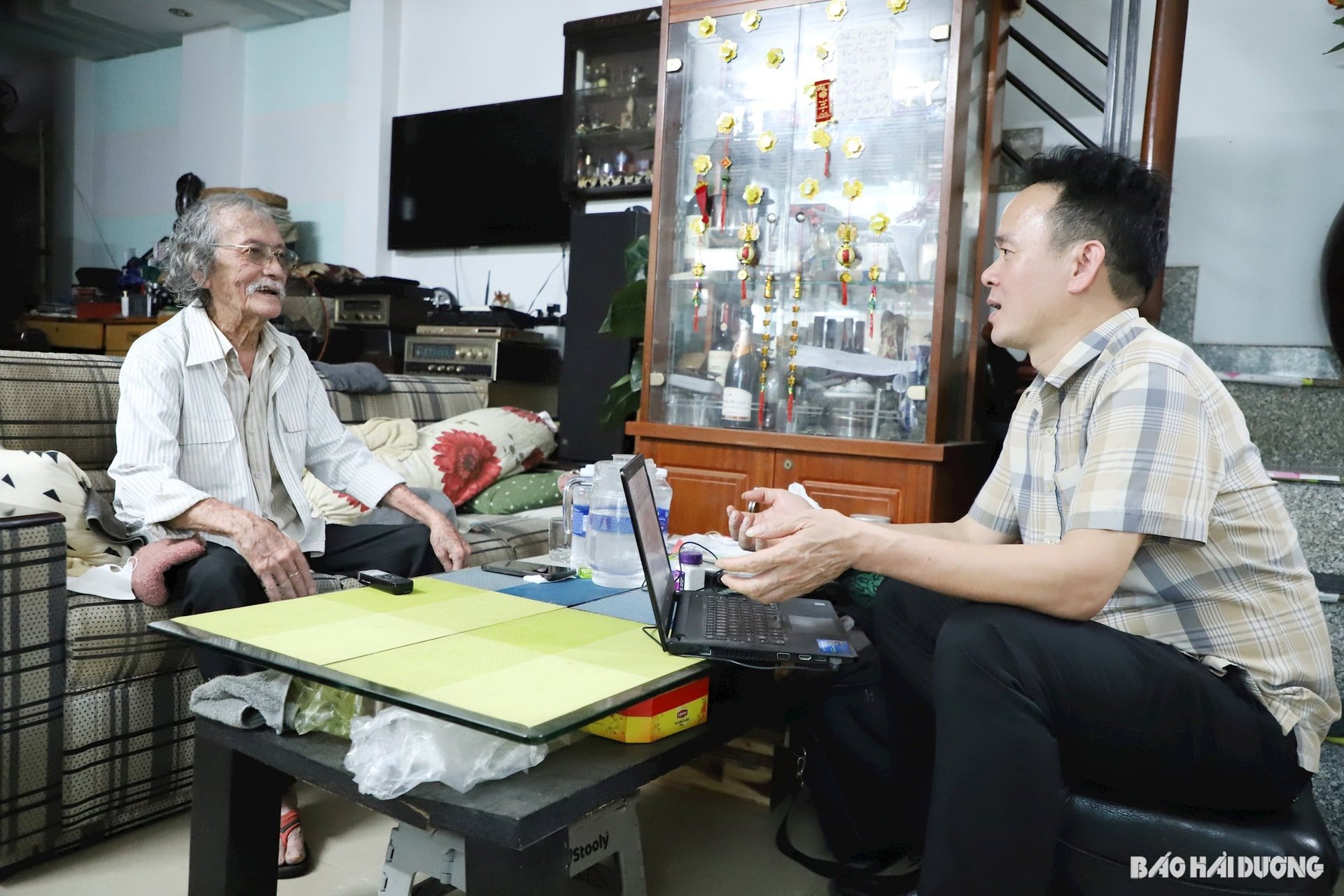
After 50 years of liberation, Ho Chi Minh City has changed dramatically. Skyscrapers, spacious boulevards, and new iconic structures have gradually contributed to changing the appearance of the city named after Uncle Ho. Even those who lived under the old regime and served the old regime are happy to see the city change day by day.
Mr. Phan Thanh, born in 1946 on Le Quang Dinh Street, Ward 14, Binh Thanh District (Ho Chi Minh City), is originally from My Hao District, Hung Yen Province. In 1936, Mr. Thanh's family moved to the South. His parents followed the revolution, but his two brothers could not do the same. Although he was drafted many times by the old government, he escaped, but his younger brother, Phan Minh, who was 3 years younger than him, served in the Saigon government's army for many years.
After the liberation of the South, the two brothers stayed in Ho Chi Minh City. "On April 30, 1975, when Saigon was liberated, many people poured into the streets to welcome the liberation army to take over the city. Before that, many young people living under the old regime were forced to join the army even though they did not want to. Many people tried every way to avoid the army because they simply did not want war, did not want Vietnamese people to kill each other," said Mr. Thanh.
After the country was reunified, Mr. Thanh's family returned to Hung Yen to visit their hometown several times. "My family's greatest joy is the reunion of the North and the South, the reunion of relatives. When the country was newly liberated, life was chaotic and there were also difficulties. However, after 50 years, a lot has changed, business is more favorable, people's lives have improved," said Mr. Thanh.
Ms. Nguyen Thi Phuc, born in 1954 in Alley 10, Hoang Hoa Tham Street, Ward 7, Binh Thanh District, lived under the old regime for nearly 20 years. Ms. Phuc recalls that in 1956, she and her sister followed their parents from Hai Phong to the South. Her father was a teacher, her mother did business in the market to support her and her sisters' education.
When the South was liberated, Ms. Phuc and many people in the neighborhood poured into the streets to welcome the liberation army. "When the liberation army took over the city, some people feared chaos. However, the liberation army was assigned to guard many places, reassured the people, and no looting occurred," Ms. Phuc said.
Ms. Phuc worked in the medical sector of the old regime for 2 years before Saigon was liberated. After that, she was accepted to work at the Ho Chi Minh City Children's Hospital until her retirement. "We, the people, only wish for peace in the country, for the North and the South to be one, and for people to travel freely," Ms. Phuc said.
PHUONG LINHSource: https://baohaiduong.vn/tro-lai-nhung-chien-truong-lich-su-bai-cuoi-ky-uc-hao-hung-ngay-thong-nhat-410384.html


![[Photo] Performance of the Air Force Squadron at the 50th Anniversary of the Liberation of the South and National Reunification Day](https://vphoto.vietnam.vn/thumb/1200x675/vietnam/resource/IMAGE/2025/4/30/cb781ed625fc4774bb82982d31bead1e)

![[Photo] Chinese, Lao, and Cambodian troops participate in the parade to celebrate the 50th anniversary of the Liberation of the South and National Reunification Day](https://vphoto.vietnam.vn/thumb/1200x675/vietnam/resource/IMAGE/2025/4/30/30d2204b414549cfb5dc784544a72dee)
![[Photo] Cultural, sports and media bloc at the 50th Anniversary of Southern Liberation and National Reunification Day](https://vphoto.vietnam.vn/thumb/1200x675/vietnam/resource/IMAGE/2025/4/30/8a22f876e8d24890be2ae3d88c9b201c)



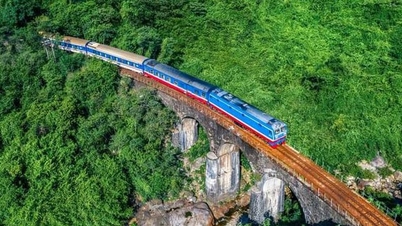





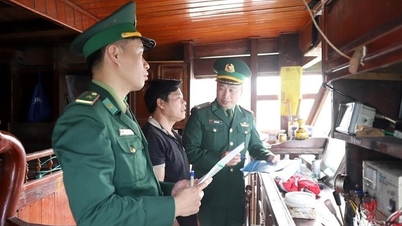
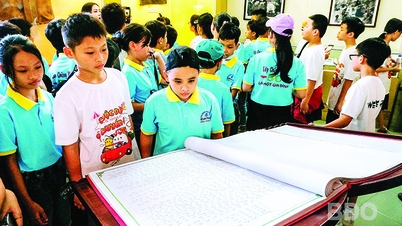










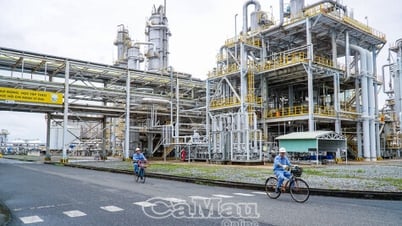



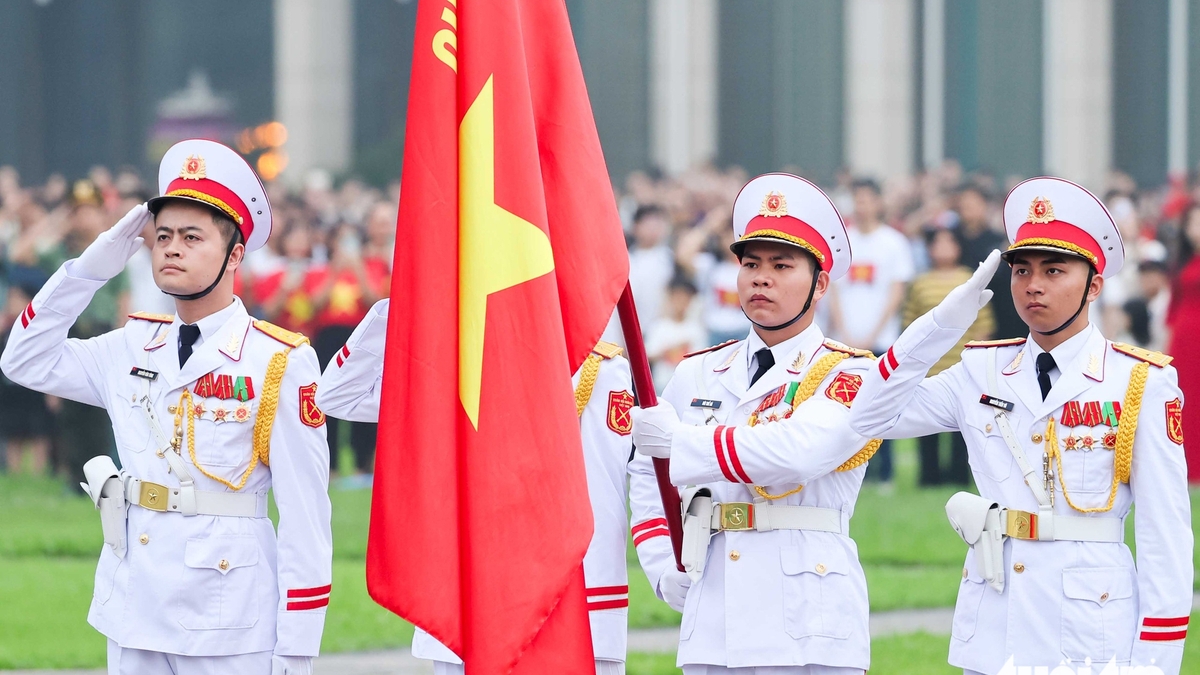













































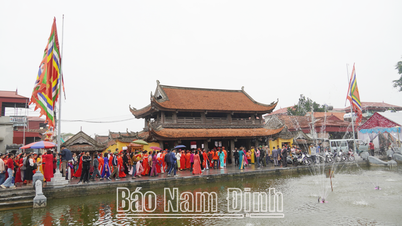





















Comment (0)